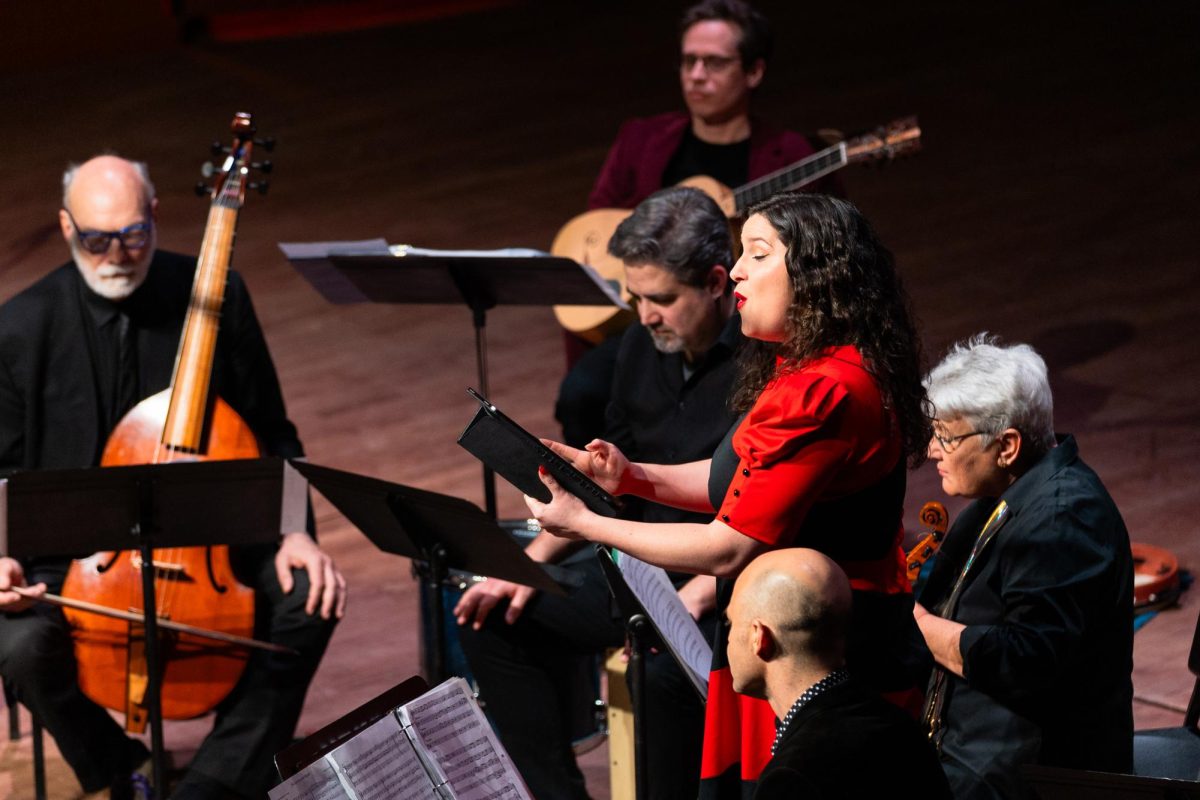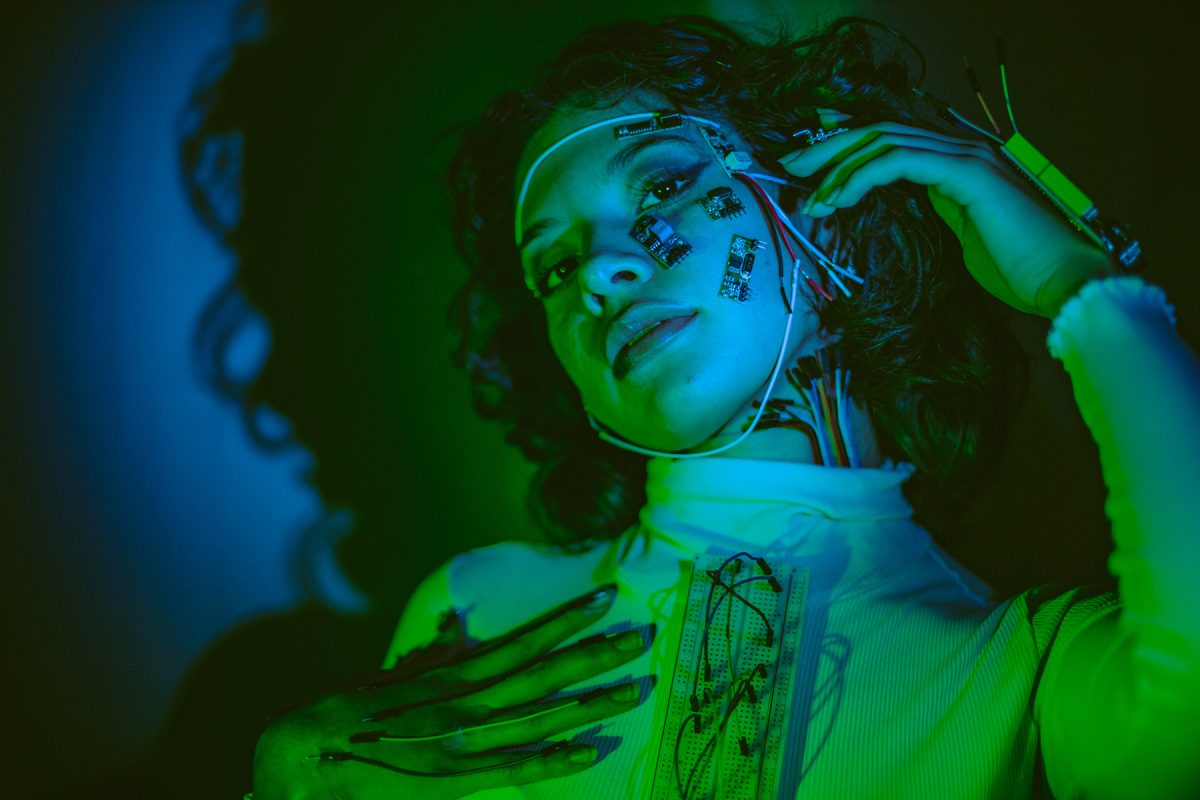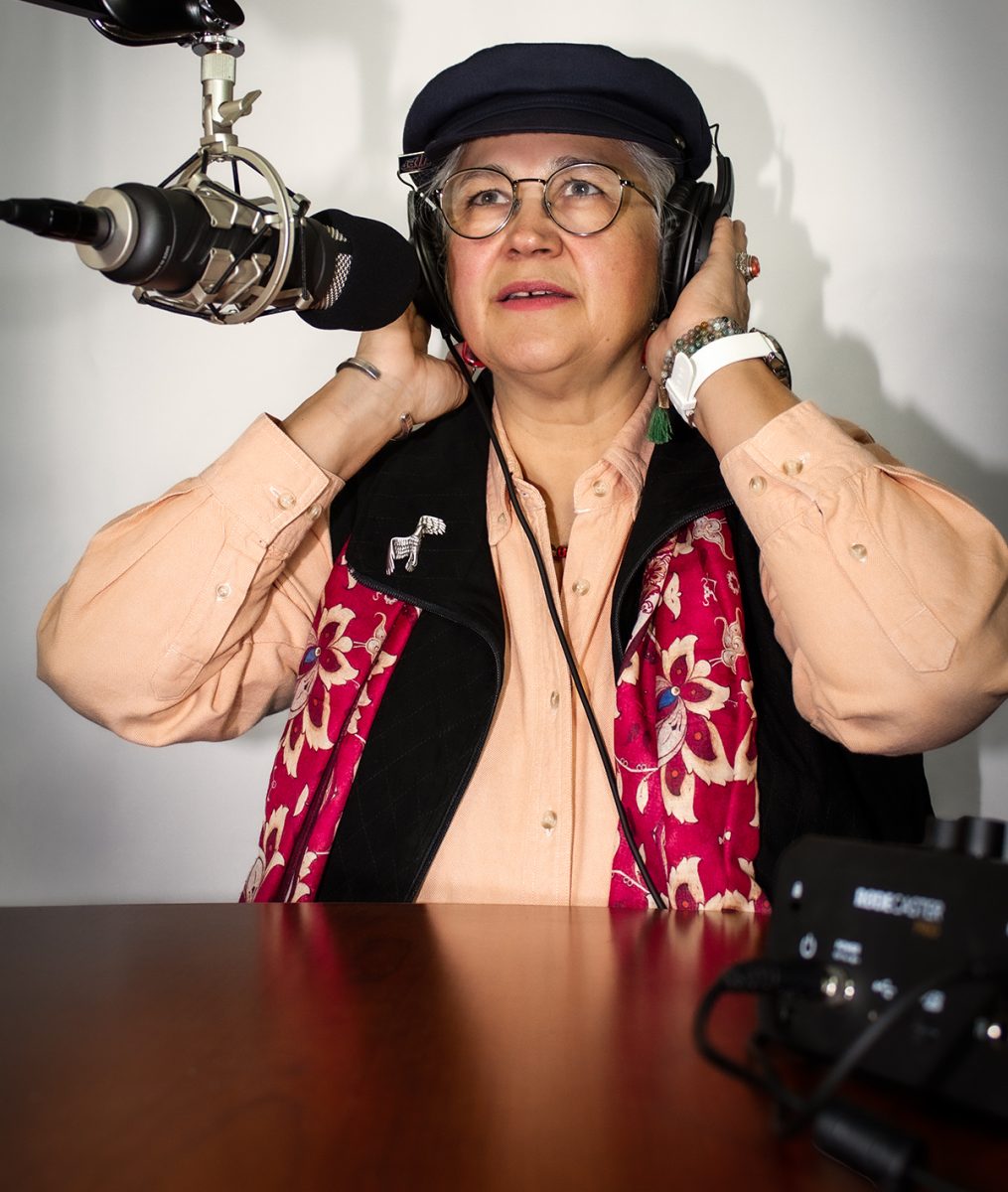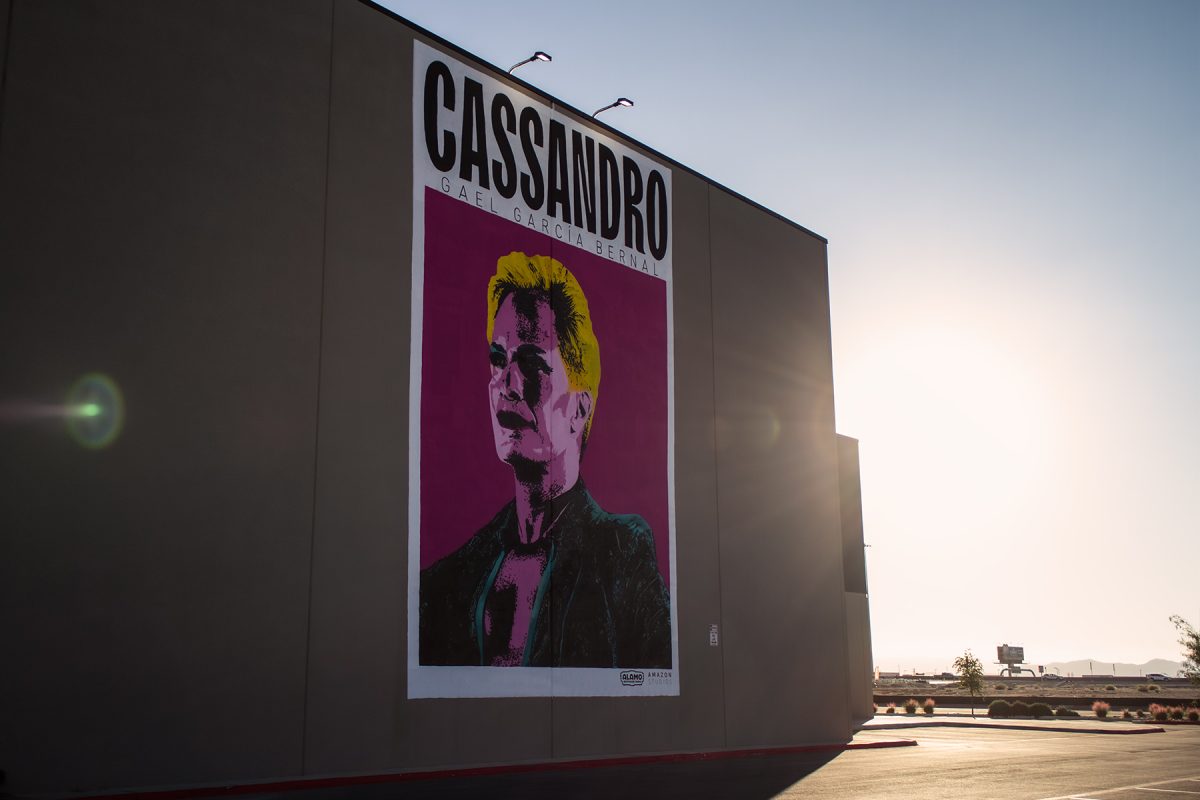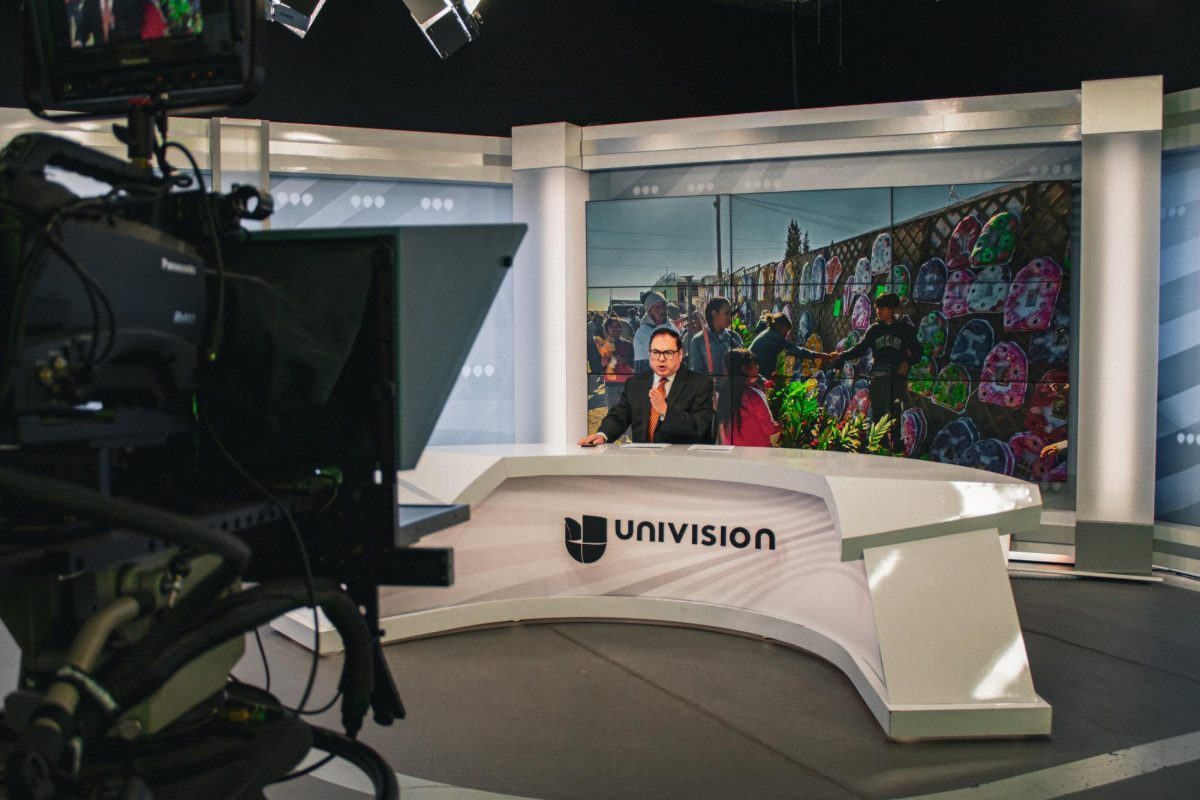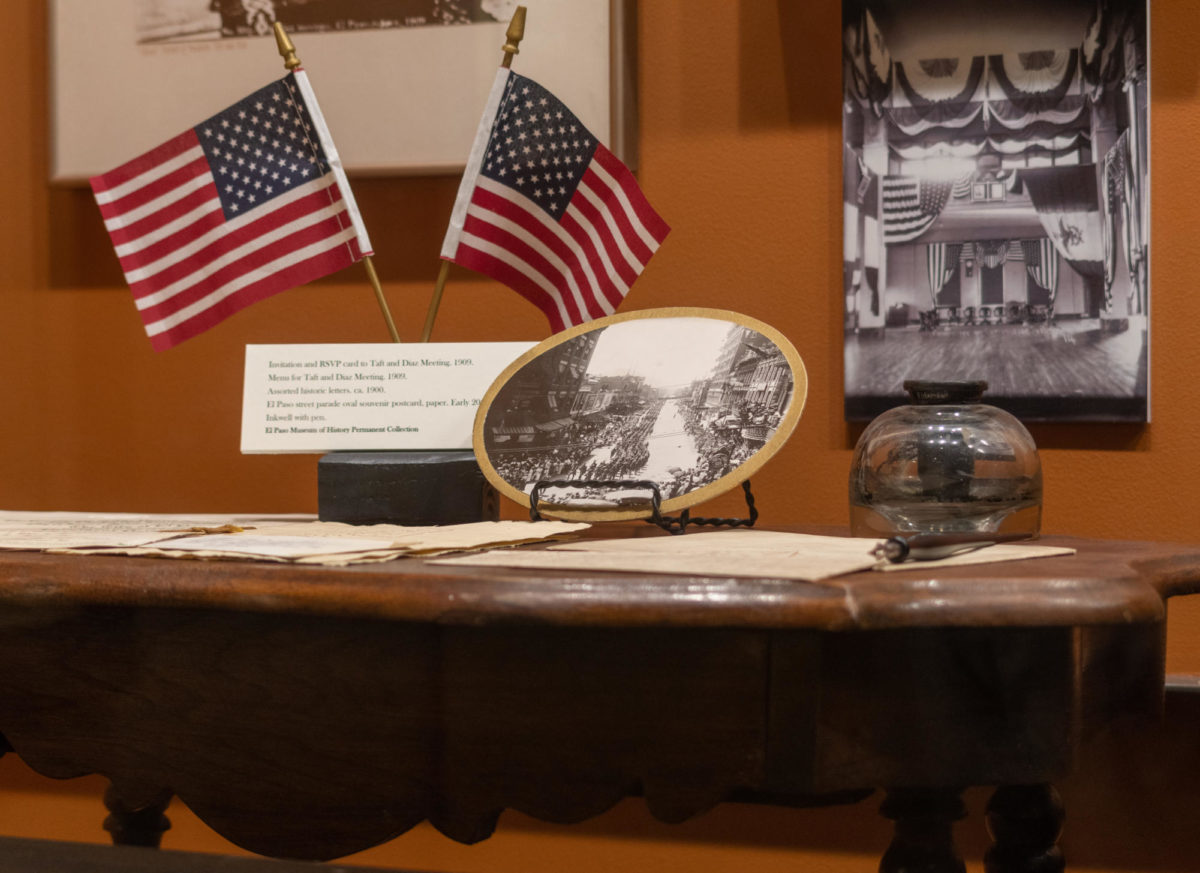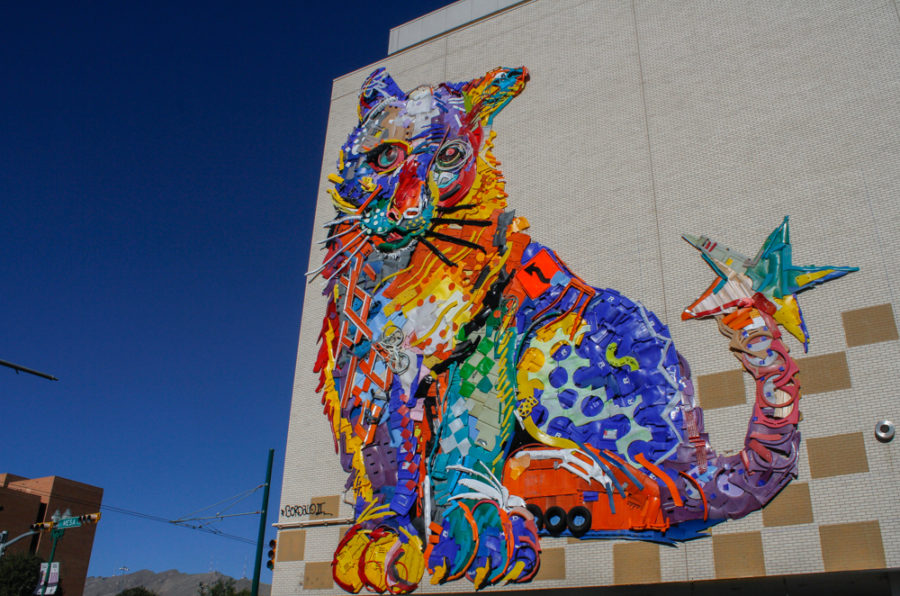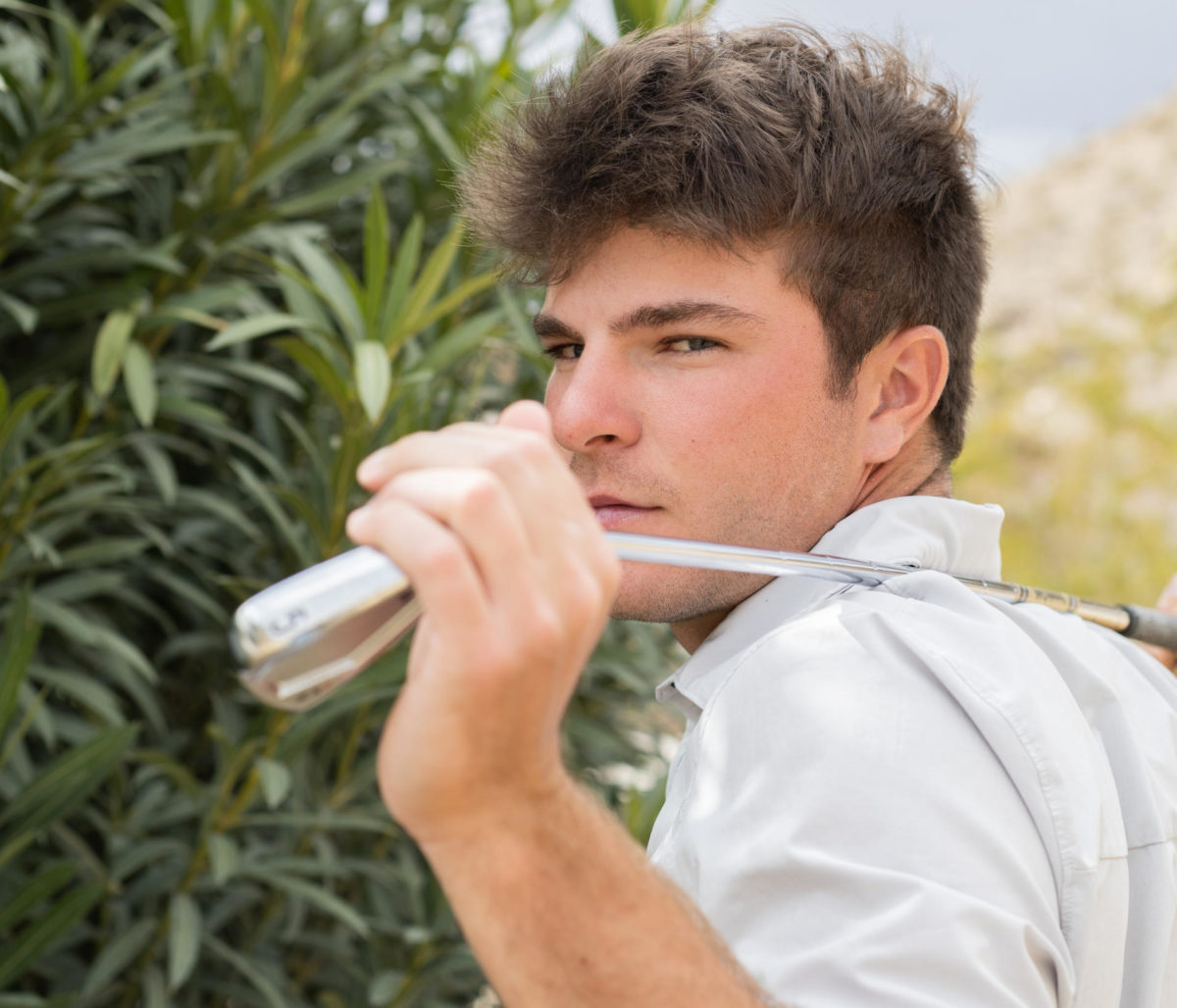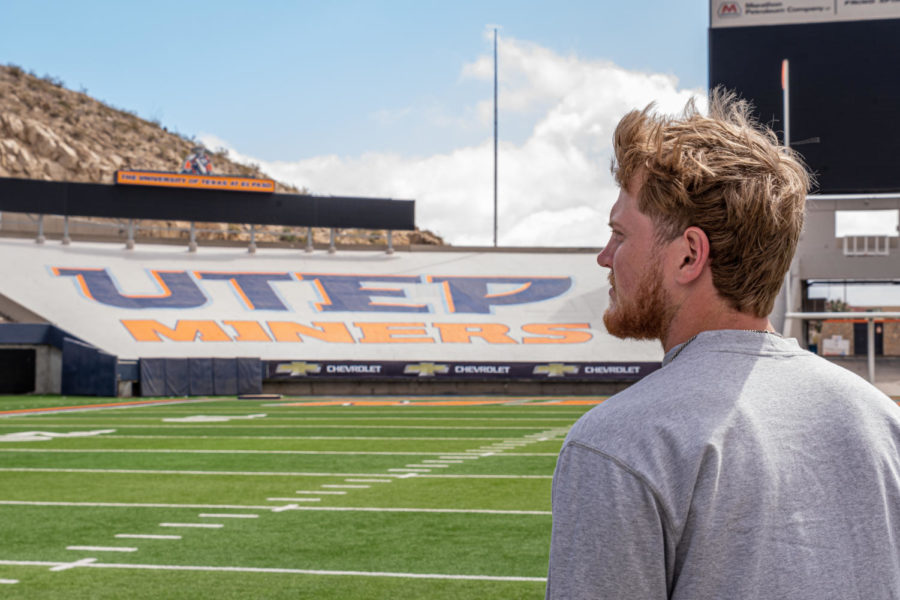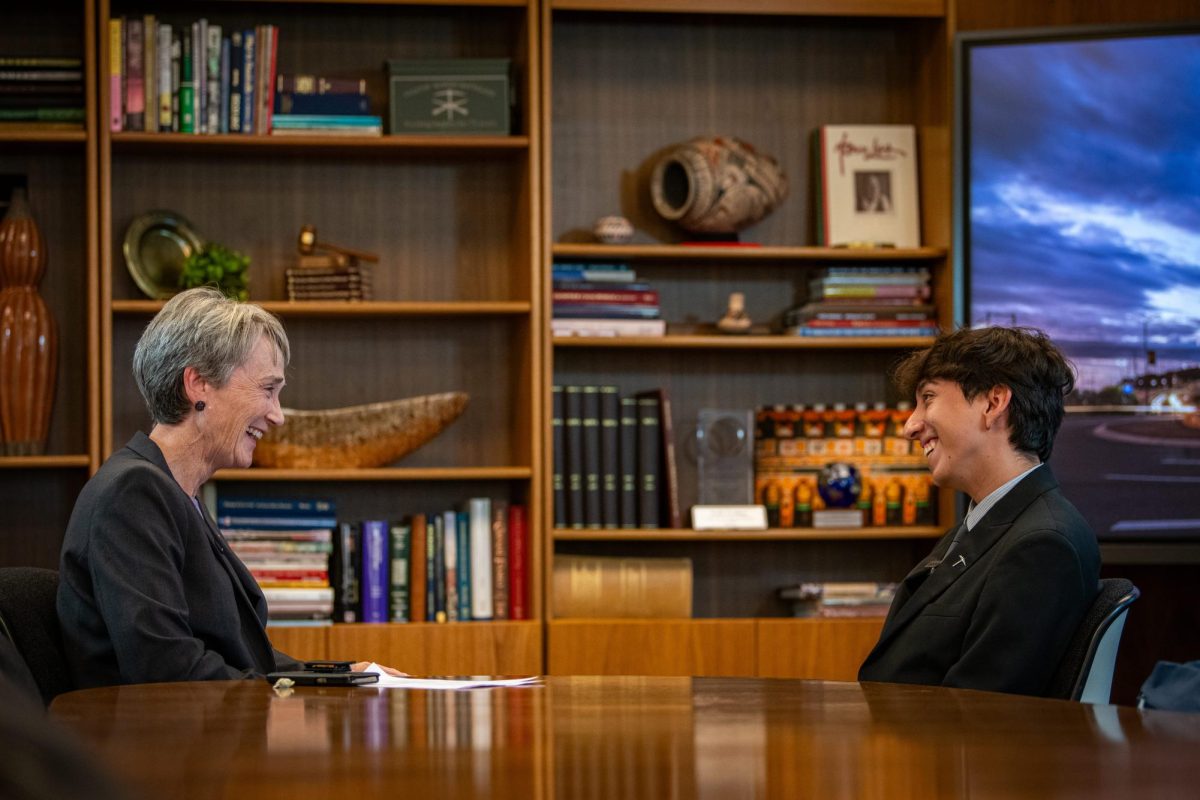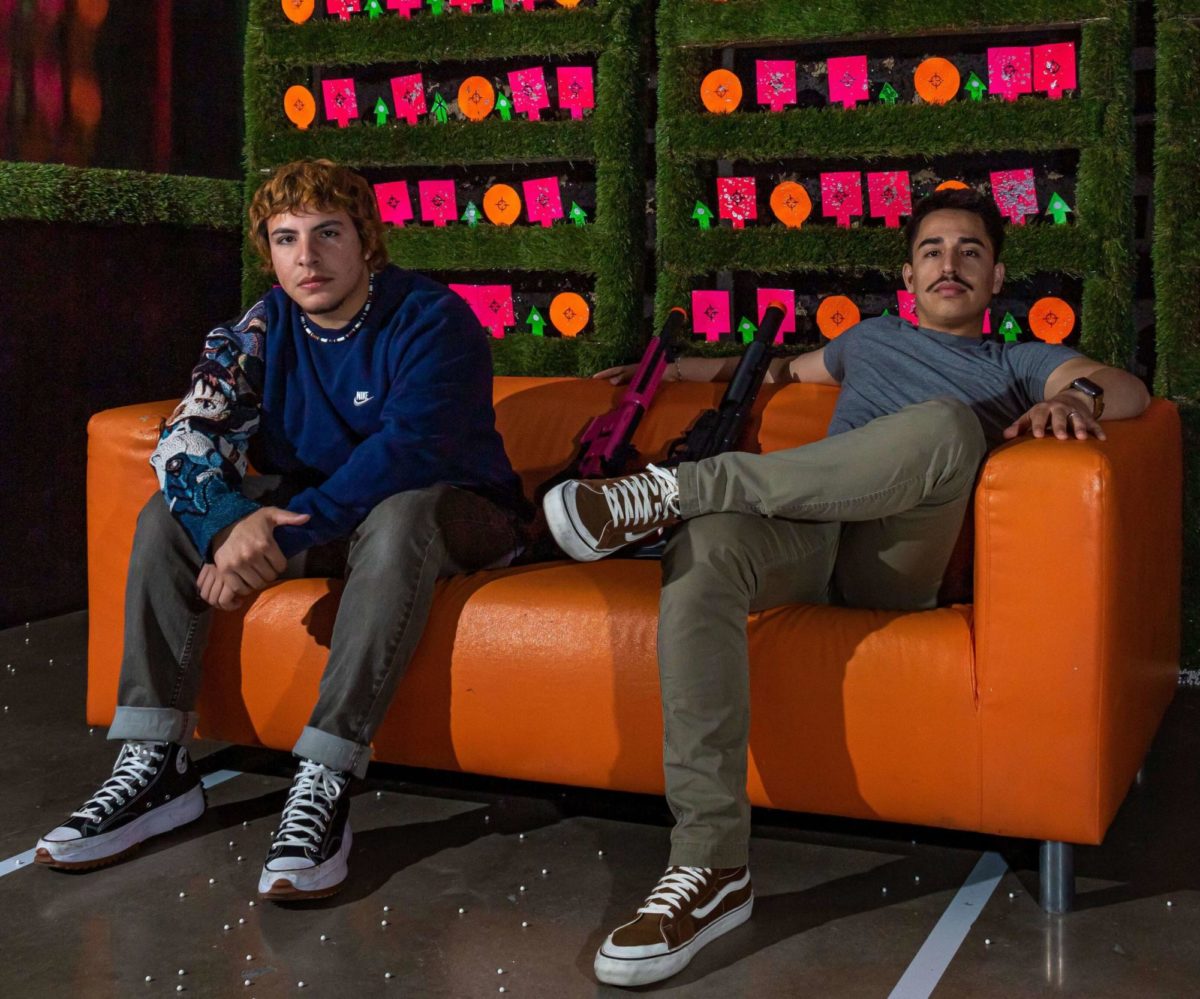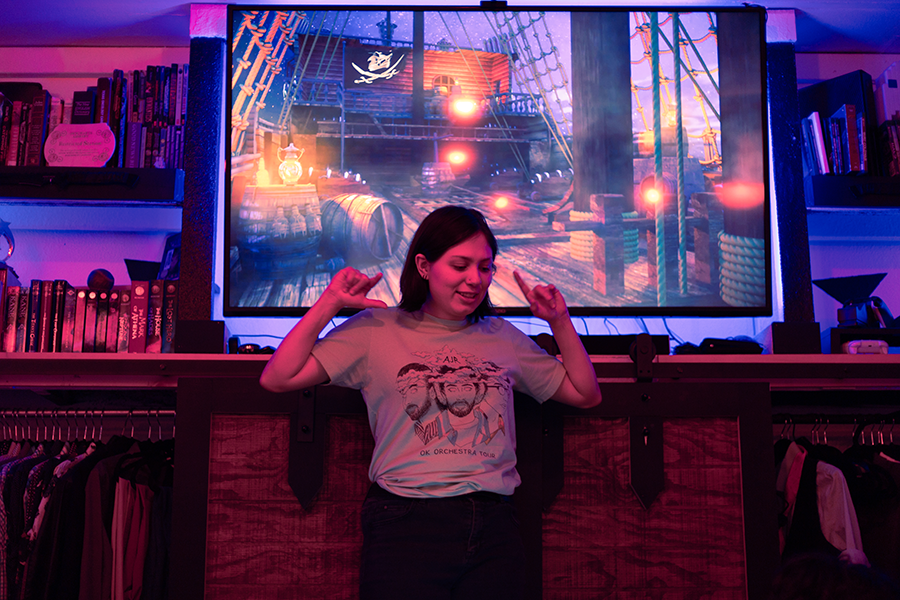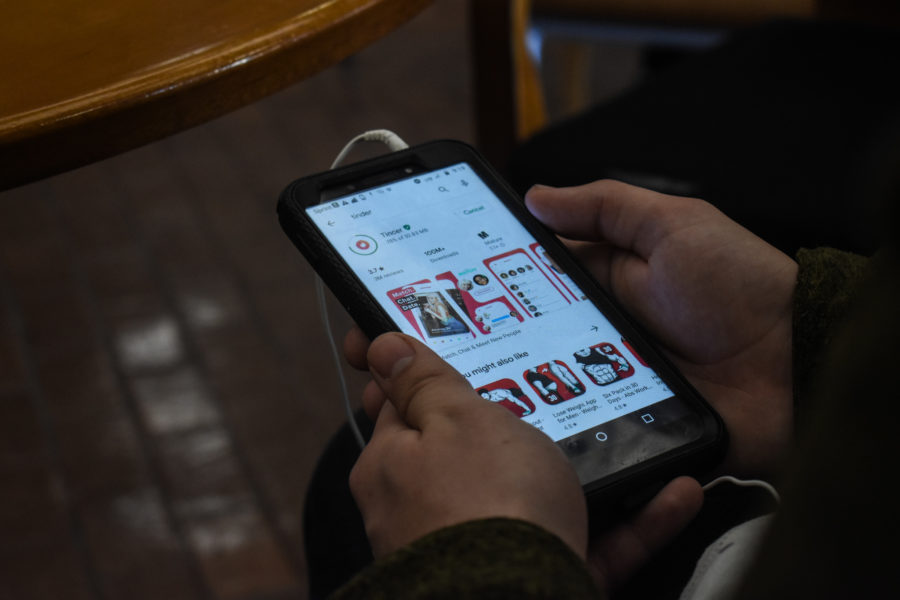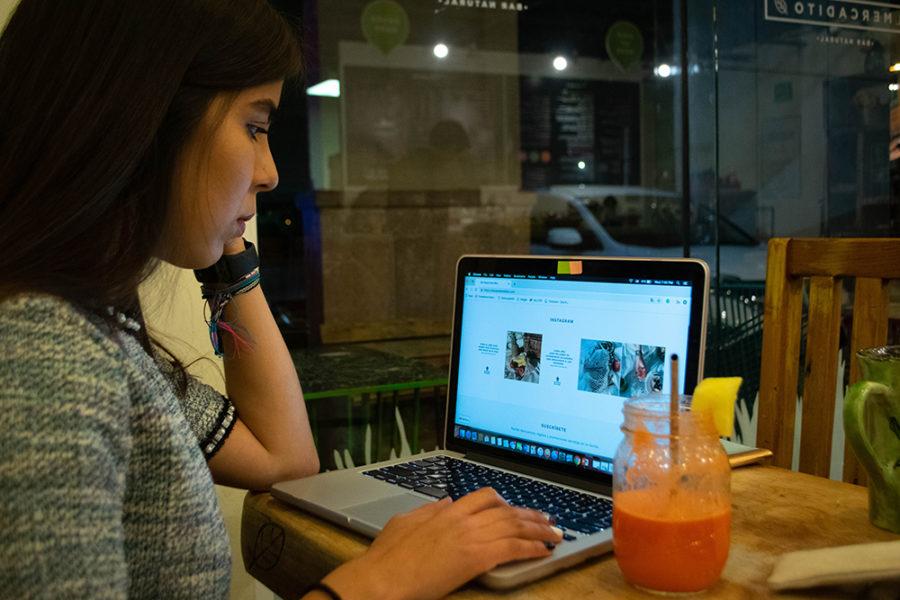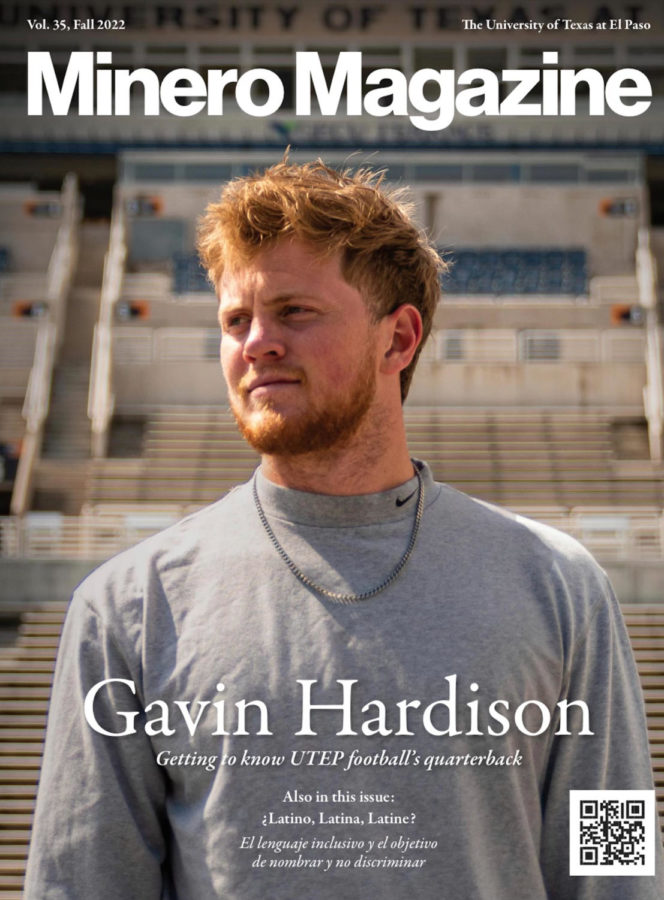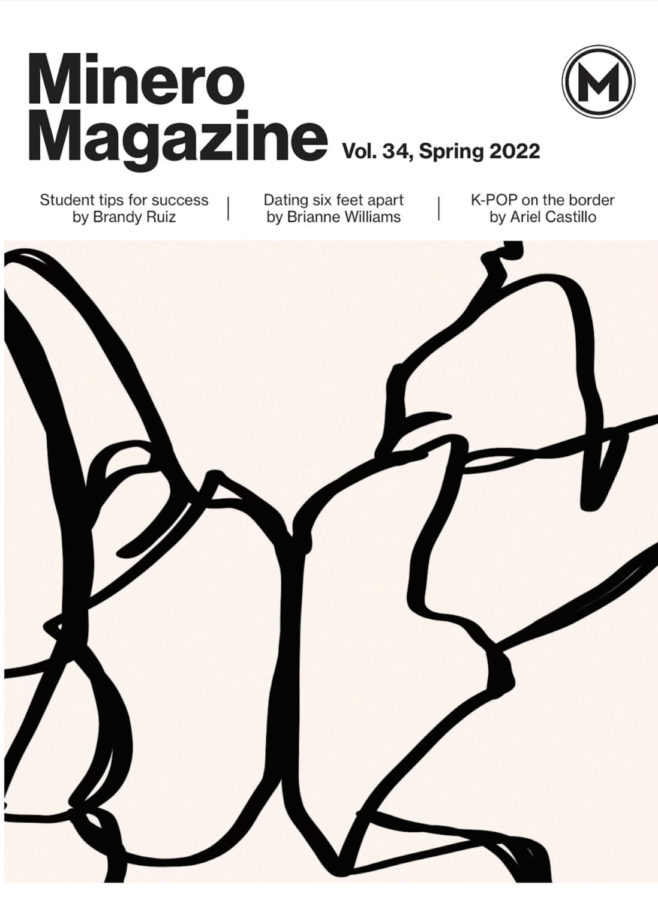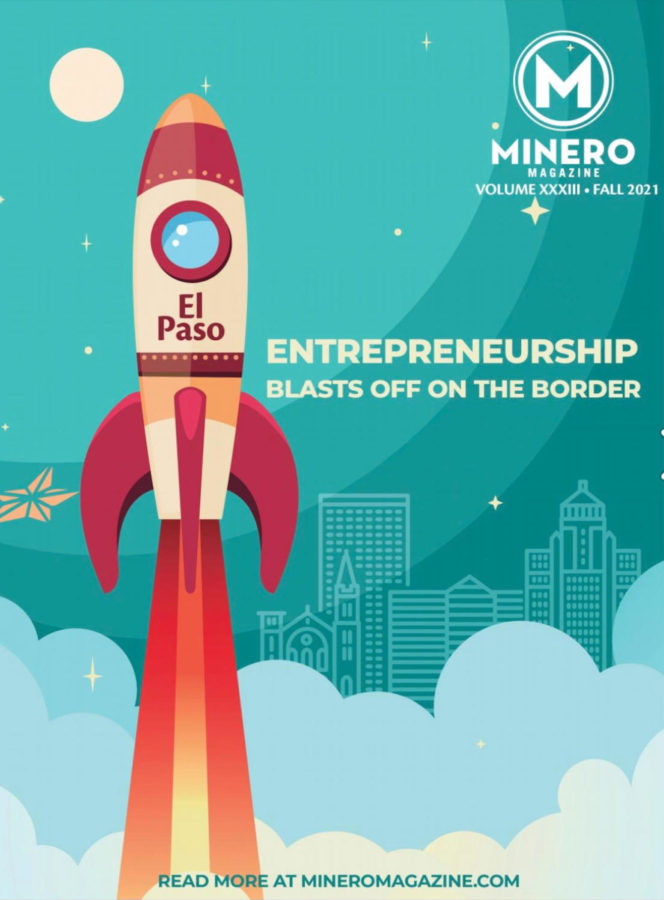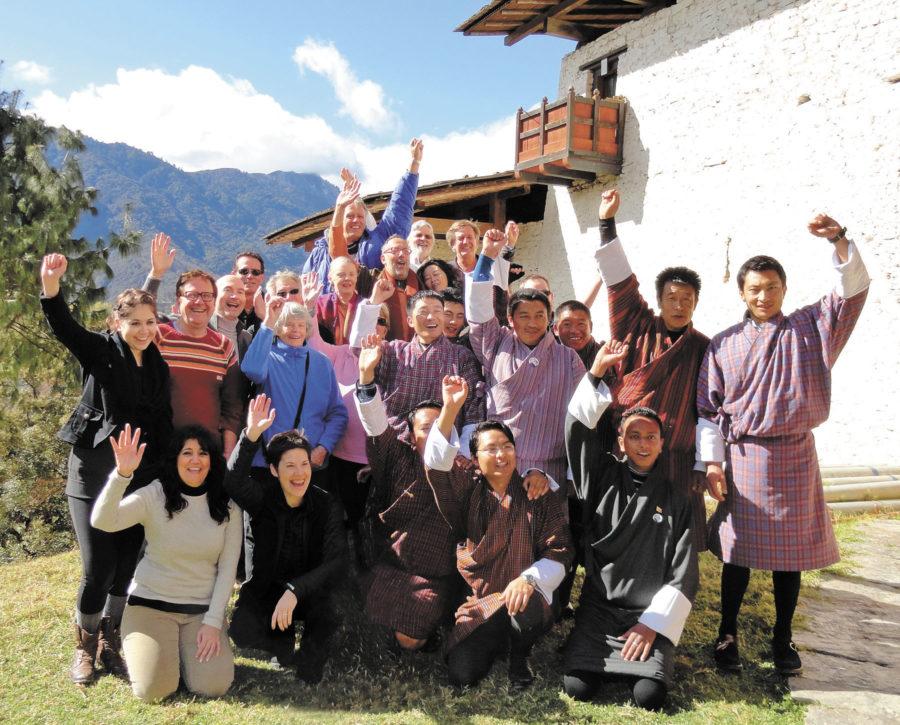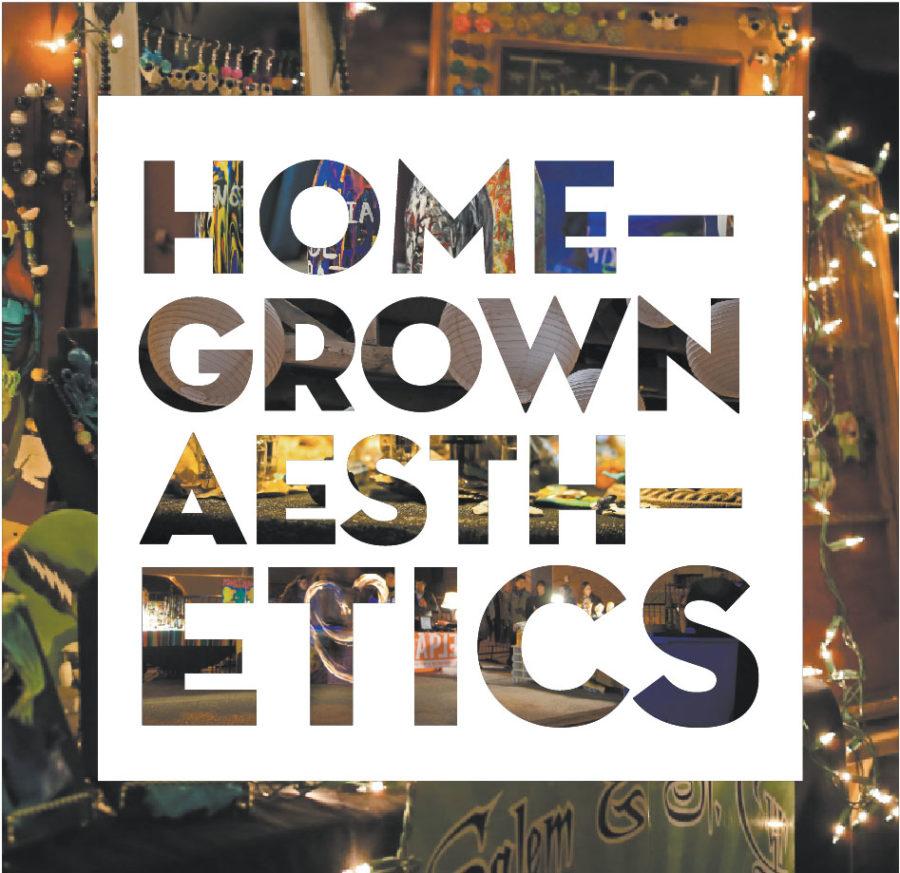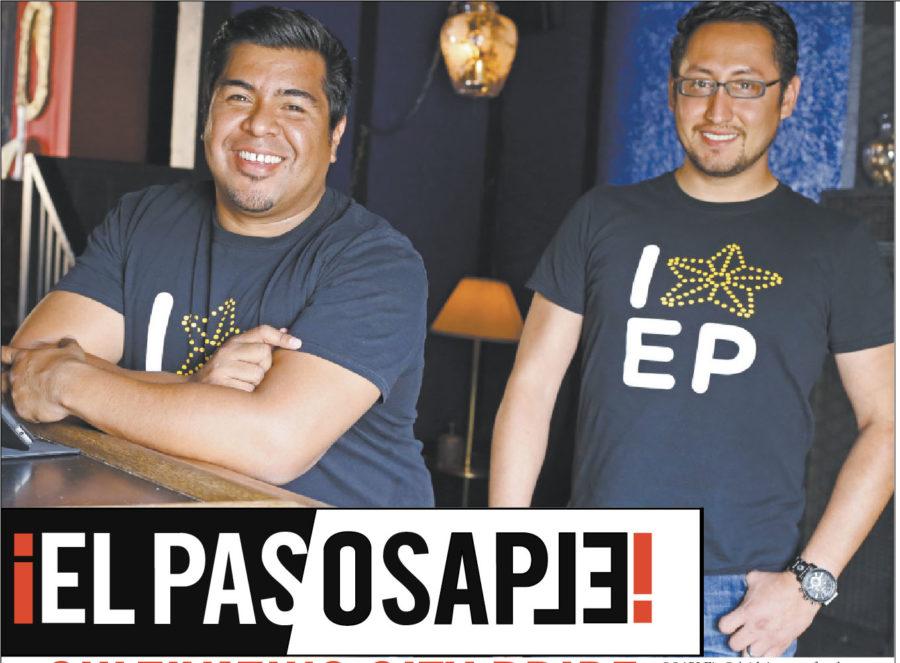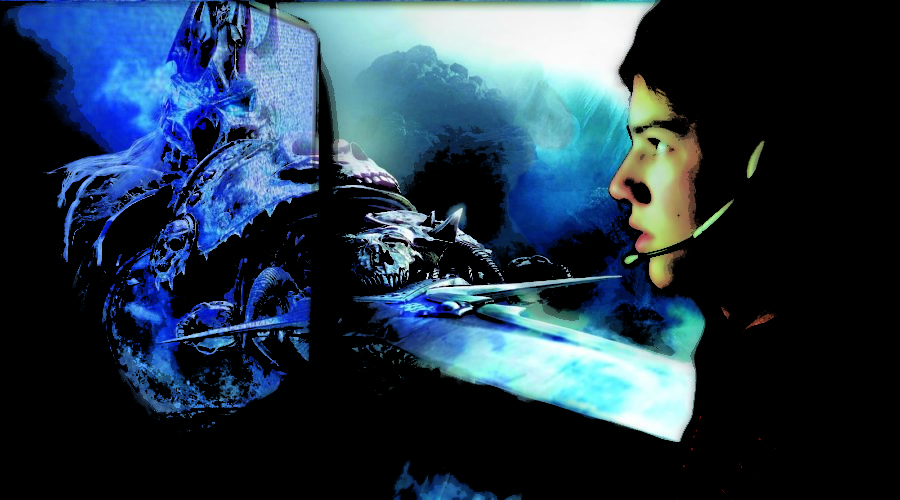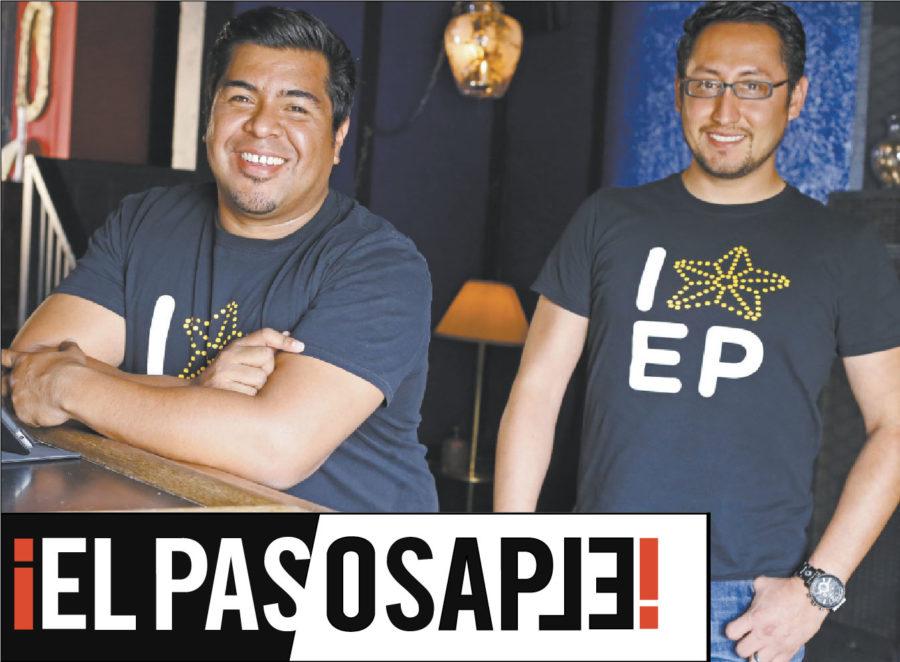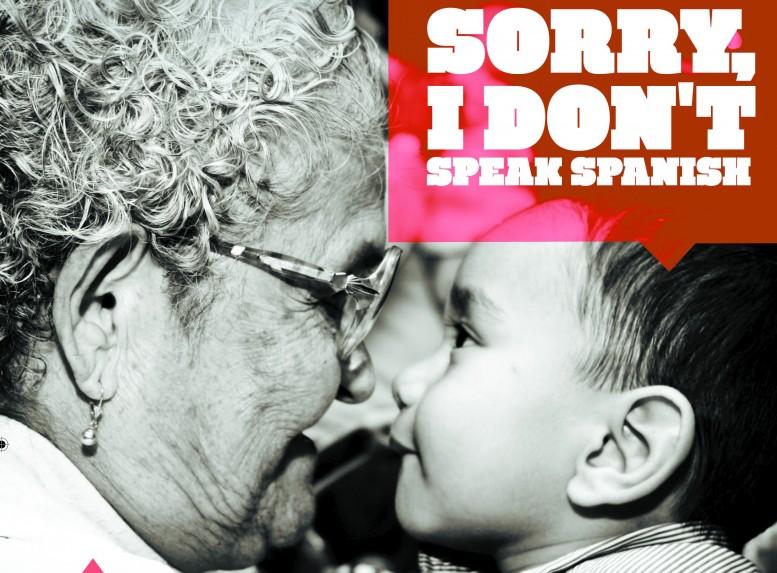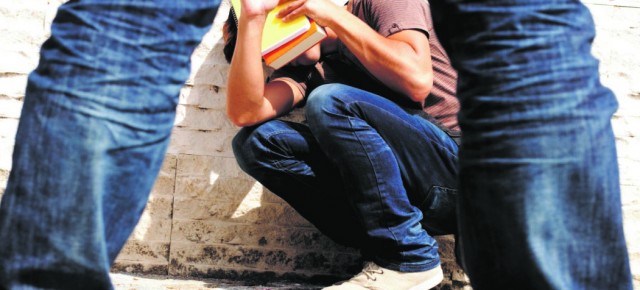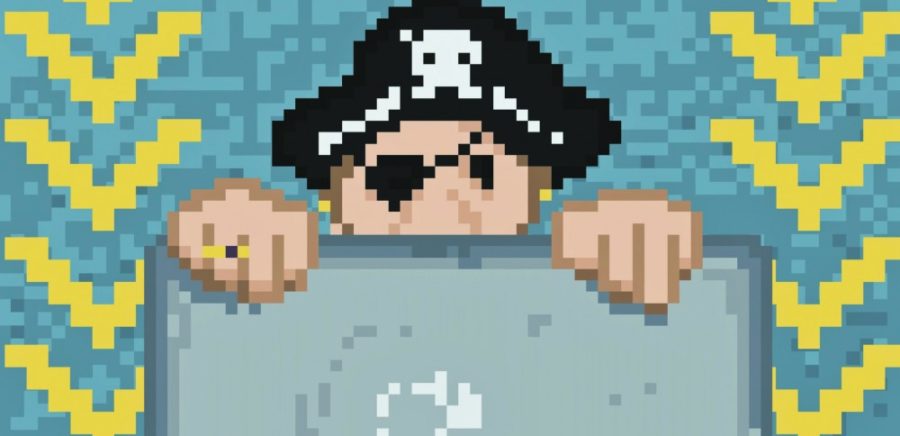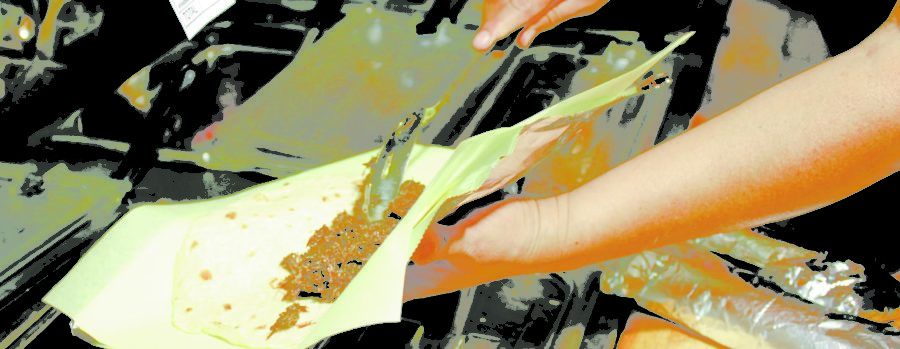
By Miguel Orta, traducción por Andrés Rodríguez
Leélo en español
Hoping to promote the makers of El Paso mestizo art and to foster creativity and passion for visual arts along the border, a group of students from the University of Texas at El Paso in 2008 created Chucollective, a group that seeks to bring together the emerging talent of this region, including painters, designers, photographers and illustrators, under the same seal.
“We wanted to get people together and start (promoting) El Paso artists that are not being seen,” says Elisa Lozano, a junior graphic design major, who co-founded Chucollective along with Rodolfo Rincones and José “Luigi” Martínez, also junior graphic design majors. “A lot of the shows involved the same artists and there were a lot of people that were not being exposed and needed it.”
Although the artists involved in the collective don’t consider their art to be wholly Chicano, José Luigi sees the collective’s work as a new expression of this flow. “Many people don’t like the word (Chicano), and artists even less so,” José Luigi says. “(However) the mere fact of being an El Paso artist makes you a Chicano artist because you aren’t purely American, you have Mexican and American influences.”
Stacy Shultz, Chicano art professor at UTEP, says it’s common for border artists to not identify with the term Chicano. “(Many) refer to ‘Chicano’ as gang members,” Schultz says. “Most prefer Mexican-American or Hispanic.”
Rodolfo, better known as Wox, seeks to benefit from his Mexican roots and U.S. influences to use in his art.
“I’m a hybrid, but not literally Chicano,” says Rodolfo, who is majoring in painting and graphic design. Rodolfo says that “one can reference wider things” according to his origins.
Elisa says she attempts to include pieces of Chicano art or of the Southwest with Mexican influences to her work. “It’s where I come from, I have to incorporate it in some way,” Elisa says.
Chucollective in influenced by several artists with a diverse array of ancestries and nationalities–from the classic work of the Mexican muralist Diego Rivera to the abstract and contemporary sculptures of American artist Donald Judd.
José Luigi says he draws influence mainly from the British street artists Banksy; Rodolfo says his work is influenced by Max Ernest, Frida Kahlo and Salvador Dalí; Elisa says she is influenced by the illustrator Juliane Moore. However, they all agree that they’re mainly motivated by the artwork of their peers.
Chucollective’s purpose is not only to showcase the local emerging talent; it is also to serve as a messenger of the ideals of each artist. José Luigi says he places more importance on the significance of his work than on the aesthetics. “The reason why art began to interest me wasn’t because I was good at drawing or painting,” José Luigi says. “What I wanted to express was an idea…I saw painting as a medium to do that.”
Rodolfo says he seeks to find a balance in the aesthetics of his wok and the concept of his message. “Something can be very aesthetic, but usually (the viewer) has little inclination as to what they’re doing, and (on the other hand) there are people who are very conceptual, but leave aside the aesthetics,” Rodolfo says.
Chucollective has been able to show and sell their work successfully in various places, such as the Camino Real Hotel, during Last Thursdays at the Loft Light Studios and in stands at the Neon Desert Music Festival. They also use the Internet as a tool to exhibit and sell their work.
The collective has used social networking sites such as Twitter, Facebook and Instagram to promote the work of the group and the events and galleries where they present.
Still, the group feels there remains more work to do. The group knows the economic difficulties that come with making a living from creating works of art in El Paso. “People (rarely) feel a connection to art. They like it and they respect it, but they don’t buy it,” José Luigi says. “They prefer to spend $200 partying and buy a painting they saw at Target for $20—which they don’t even know who made it—instead of buying a piece of local art which they know only they’ll own.”
In spite of the obstacles to economically sustain themselves through art, the collective is optimistic. “We try to sell art, but it’s okay if people see it and try to understand it,” Rodolfo says. “I think it’s more important that people be exposed to art then them buying it.”Watch movie online The Transporter Refueled (2015)
Members of Chucollective attribute much of their success to what they’ve been taught at the university.
Many El Paso artists choose to search for luck elsewhere, thinking the El Paso art scene is limited. “Many believe that they won’t make it here and they go to Austin. I imagine they make it the same or worst because they lose touch with their city,” José Luigi says. “What makes up the identity of any artist is the music, art, video or film of their native city.”
Schultz says there is still a long way to go. “We can’t compete with Los Angeles, partly because this is a smaller town,” says Schultz, who also says that the El Paso art scene is currently growing and beginning to be accepted and exhibited in places like the Stanley and Gerald Rubin Center for the Visual Arts at UTEP.
According to members of the collective, El Paso is a city rich in diverse forms of art and is on the verge of emerging. “The art scene is getting hot–a ‘boom’ is about to happen here in El Paso, culturally,” José Luigi says.
Chucollective aspires to see to the growth of the art scene in El Paso and to make it known in other parts of the country. “I hope Chucollective goes beyond the ‘Chuco,’ that’s the purpose,” says Rodolfo, who says he’s working on expanding his artistic proposal to the rest of the country through tours and galleries outside El Paso.
José Luigi sees his project as a new expression of Chicano art with a young vision, never before seen in the city and is excited about the latest batch of local artists, he says.
“These are generations that want there to see more art education and more culture in El Paso,” says José Luigi, who is seeking to expose a new brand of Chicano art with a U.S.-abstractionism influence and hopes to send a message of unity among the Mexican-American culture. “Today’s generation is hungry for new things; they don’t want Southwestern anymore…we are a new generation of Chicano art.”


